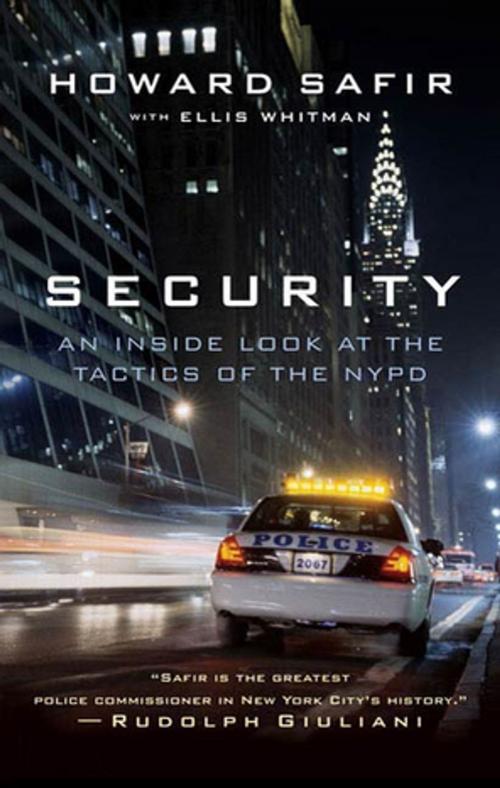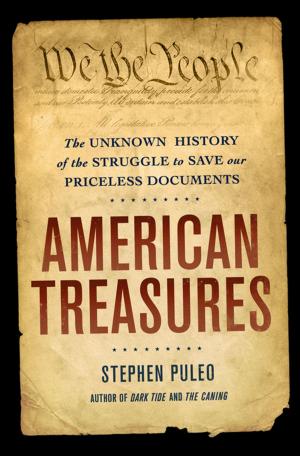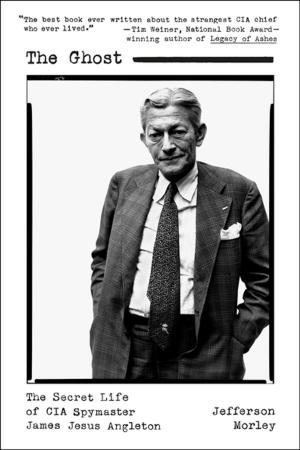Security
Policing Your Homeland, Your State, Your City
Nonfiction, Social & Cultural Studies, Political Science, Politics, Law Enforcement, Social Science, Crimes & Criminals, Criminology| Author: | Howard Safir, Ellis Whitman | ISBN: | 9781429980265 |
| Publisher: | St. Martin's Press | Publication: | October 1, 2004 |
| Imprint: | Thomas Dunne Books | Language: | English |
| Author: | Howard Safir, Ellis Whitman |
| ISBN: | 9781429980265 |
| Publisher: | St. Martin's Press |
| Publication: | October 1, 2004 |
| Imprint: | Thomas Dunne Books |
| Language: | English |
From counterterrorism to tracking criminals by satellite, Security gives an expert's tour of twenty-first-century law enforcement. Former NYPD commissioner Howard Safir reveals the tools, methods, and science that police officers use to reduce crime, and track and apprehend criminals, including surveillance, crime scene evidence, DNA profiling, narcotics, and quality-of-life enforcement.
With the dedication of 40,000 police officers, and using these tools, over the last four years of the Giuliani administration the NYPD under Safir was able to decrease the crime rate in New York City to a level not seen since the 1960s, with major crimes reduced by over a third and the murder rate cut almost in half. To illustrate the law enforcement successes in New York, Safir uses real-life crime stories to outline the tactics used by the Zodiac Killer; the investigation of Sante and Kenneth Kimes for the murder of socialite Irene Silverman; and the apprehension of the killers responsible for the massacre at a Wendy's in Queens. And Safir gives a behind-the-scenes look at some of the NYPD's more recent controversies, including the shooting of Amadou Diallo and the assault on Hatian immigrant Abner Louima.
But Security is more than a look into the inner workings of the NYPD. This book gives valuable insight into how methods of law enforcement are needed to prevent terrorism (drawing on the NYPD's experience catching two potential subway bombers), to protect our homeland (with a precise look at the USA Patriot Act and biometric technologies), and to keep our streets and homes safe (from Safir's Model Block Program, to CompStat, to the controversial yet successful Street Crime Unit).
In these troubling times of terror warnings and high alert levels, Security is a clear-eyed look at police tactics and an important citizen's guide to the role that law enforcement - on all levels - plays in our daily lives.
From counterterrorism to tracking criminals by satellite, Security gives an expert's tour of twenty-first-century law enforcement. Former NYPD commissioner Howard Safir reveals the tools, methods, and science that police officers use to reduce crime, and track and apprehend criminals, including surveillance, crime scene evidence, DNA profiling, narcotics, and quality-of-life enforcement.
With the dedication of 40,000 police officers, and using these tools, over the last four years of the Giuliani administration the NYPD under Safir was able to decrease the crime rate in New York City to a level not seen since the 1960s, with major crimes reduced by over a third and the murder rate cut almost in half. To illustrate the law enforcement successes in New York, Safir uses real-life crime stories to outline the tactics used by the Zodiac Killer; the investigation of Sante and Kenneth Kimes for the murder of socialite Irene Silverman; and the apprehension of the killers responsible for the massacre at a Wendy's in Queens. And Safir gives a behind-the-scenes look at some of the NYPD's more recent controversies, including the shooting of Amadou Diallo and the assault on Hatian immigrant Abner Louima.
But Security is more than a look into the inner workings of the NYPD. This book gives valuable insight into how methods of law enforcement are needed to prevent terrorism (drawing on the NYPD's experience catching two potential subway bombers), to protect our homeland (with a precise look at the USA Patriot Act and biometric technologies), and to keep our streets and homes safe (from Safir's Model Block Program, to CompStat, to the controversial yet successful Street Crime Unit).
In these troubling times of terror warnings and high alert levels, Security is a clear-eyed look at police tactics and an important citizen's guide to the role that law enforcement - on all levels - plays in our daily lives.















